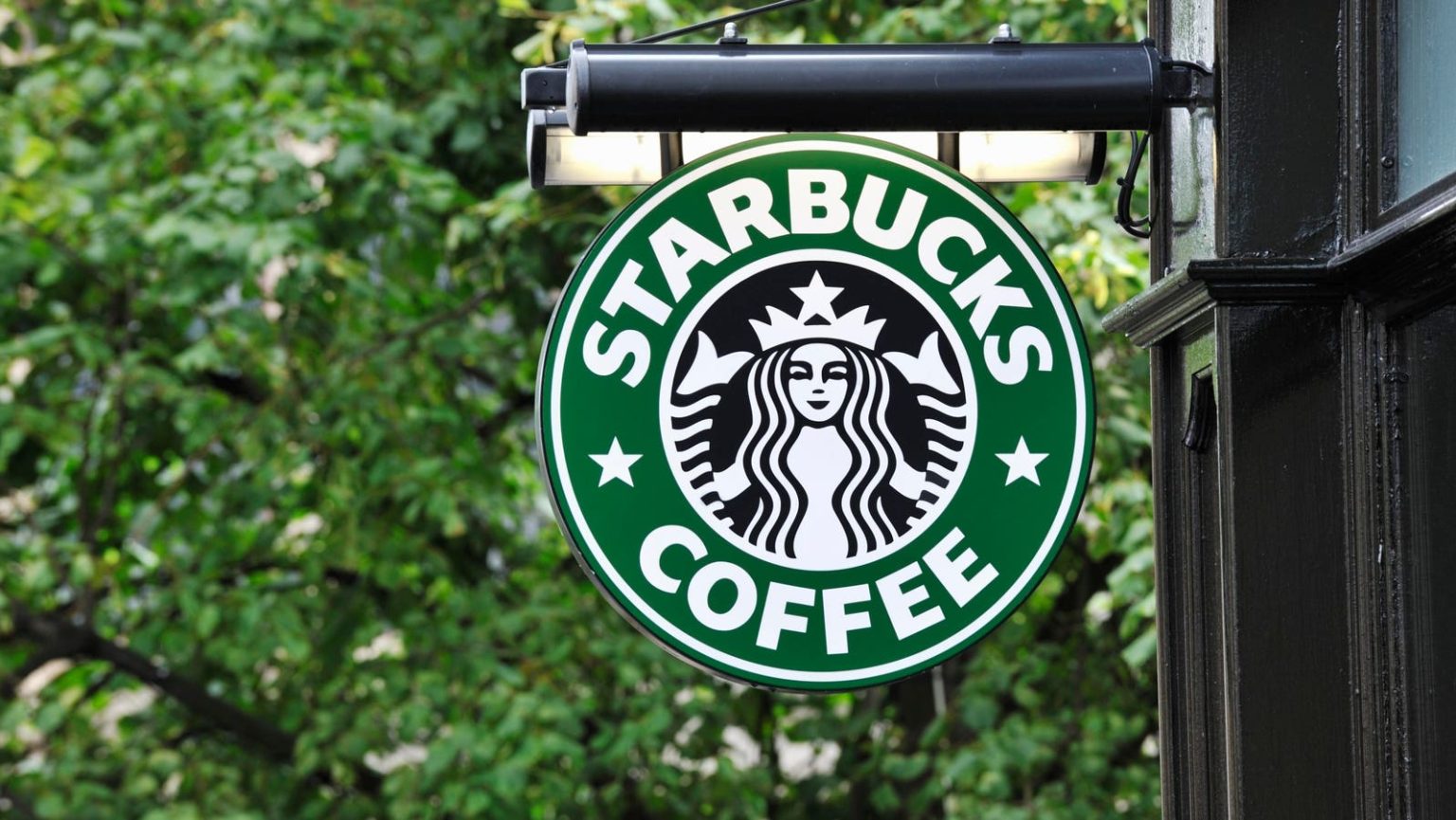The brand that popularized modern coffee culture and grew into the second-largest restaurant chain in the world (after McDonald’s) finds itself at a familiar crossroads, coping with a familiar boardroom melodrama. The latest crisis at Seattle-based Starbucks began with three consecutive quarters of disappointing results, including declining same-store sales and earnings in its two most recent quarters. The recent revenue misses are the first in about 15 years, when the 2007-2008 Great Recession was ravaging the economy.
The challenge today, according to a recent Bloomberg report, is in part due to inflation—the company “is bleeding customers who no longer want to shell out for high-priced coffee drinks.”
That’s hardly unique to Starbucks. What is unique and much more difficult to address is that “the once-consistent in-store experience has also deteriorated: Wait times have ticked up, and customers are abandoning online orders.”
Any discussion about Starbucks inevitably revolves around the marketing genius who took a small regional chain of a dozen or so coffee bars in 1987 and built a global juggernaut—Howard Schultz. Much as Steve Jobs gave Apple its innovative culture, and Ray Kroc was the soul of McDonald’s, Schultz has been the keeper of the Starbucks flame from the start. He retired in 2000 but returned in a rescue CEO role in 2008 during another economic crisis—the Great Recession. Then, as now, a premium cup of coffee was becoming an extravagance during lean times, and the brand was showing signs of fatigue.
A report in the New York Times sounds a lot like the latest Bloomberg critique: “[M]any people are now abandoning the product, if not the lifestyle that goes with it. … Four percent fewer people visited Starbucks stores, and on average, the ones that did spent 3 percent less on items like mocha cappuccinos and chocolate croissants than customers in the same period a year ago.”
Fast forward to 2017 when Schultz, having driven annual revenue from less than $10 billion to nearly $23 billion, retired for a second time. Then the pandemic hit, and out of the turmoil, in 2022, Schultz returned for a third stint, this time as interim CEO to train his pick to be the next CEO, a former PepsiCo executive, Laxman Narasimhan. But the revolving door turned again this month when the board suddenly fired him and hired Brian Niccol, former CEO of Chipotle, who is credited with turning that company around after a disastrous 2016.
Will Schultz be invited back for a third time? Unlikely.
According to press reports, he has been emailing and otherwise complaining to the board and investors that “the shine was off the brand.” In a long, fascinating interview on the podcast “Acquired” in June, Schultz spoke in detail about the history of Starbucks and said he has no desire or intent to return as CEO of Starbucks, opining that the company is drifting “towards mediocrity.”
So, what’s ailing Starbucks?
The answer is embedded in the podcast interview and is worth a full listen as Schultz goes into detail about how the company got started and the basis of its success. He said he saw the potential in Starbucks when he noticed that many of the same people got their morning caffeine fix every day and that those customers were interacting with each other. Schultz says, “That’s when I started talking about the language of community. Of course, it was the romance of espresso, but it was the sense of community. In our first stores, you could see what people would do after they bought the coffee. You could just feel the relationship that people were having with one another around human connection. There was something … some magic going on, and coffee was the conduit.”
A key element of sustainable success in retailing is knowing the customer.
The product matters (100% of the time), but what also creates an enduring brand is a sense of understanding.
Starbucks has become a store that sells fancy coffees that feel like an extravagance when consumers are struggling to pay for the basics—rent, mortgages, car insurance, and groceries. And its customer has changed. We will see if Brian Niccol is interested in listening and understanding how the customer has changed to fix it, or if he will just be another overcompensated long shot.
Read the full article here





